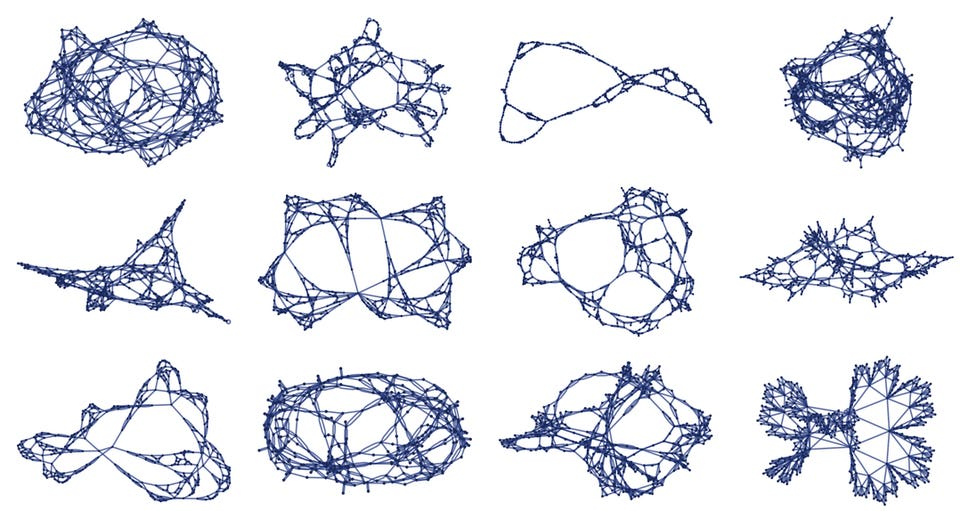What have happened with other possible variants of asymmetry?
Are there other universes being run in parallel to our universe where the ball is not at C, but at B?
Stephen Wolfram told
I have found some basic principles that are even more basic than principles of our universe itself. These principles allow to generate many universes. One of such universes is very similar to ours.
and this reminded me about "symmetry". What do we expect will happen in future?
we will prove that the "other 11 variants of universe" have mistakes and that "there is only one universe possible, that is our universe"
or we will prove that other variants are possible and we will reach them or create them. (just like David Deutsch tells "we will use the computational power of computers from other universes".)


